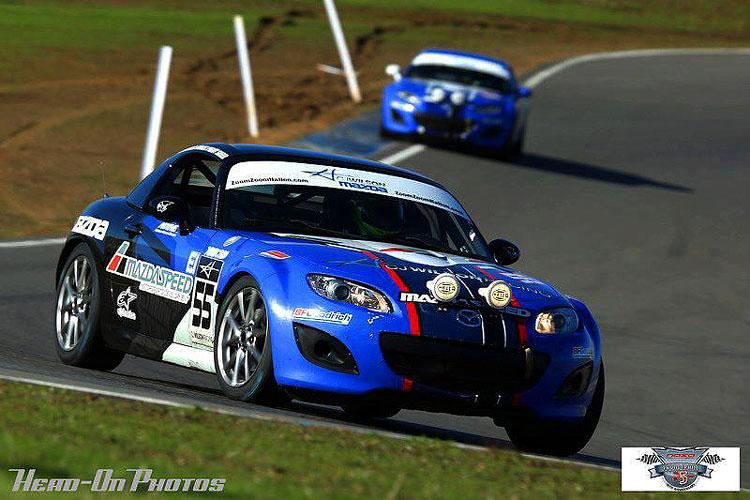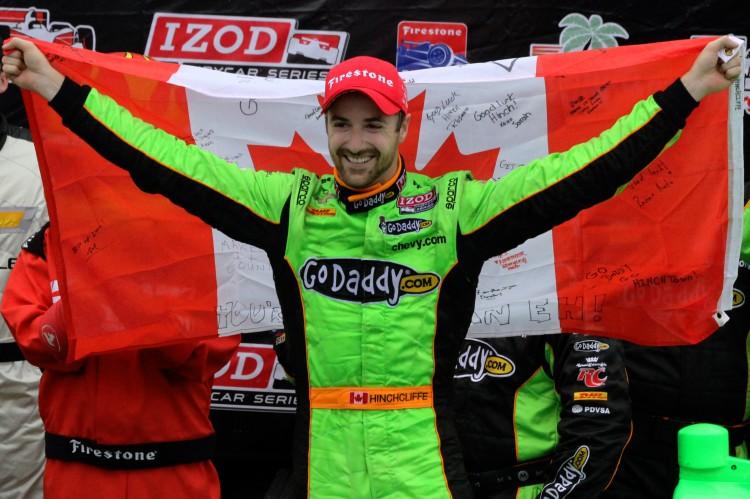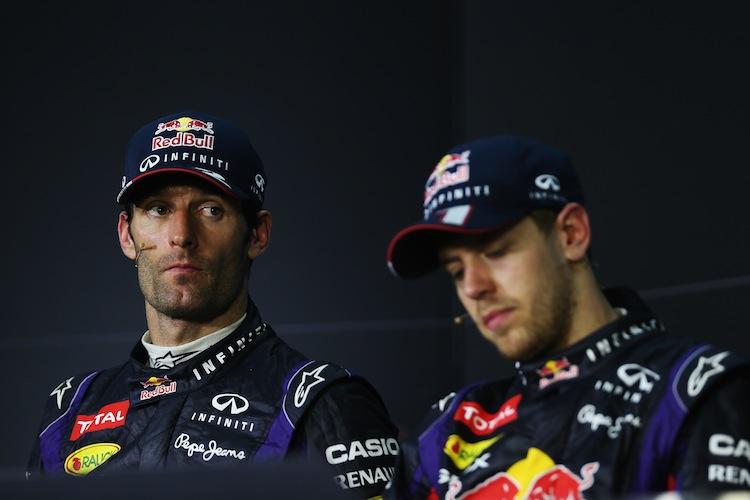Tristan Nunez, the world’s youngest sports car champion, got a taste of real endurance racing over the weekend and to say it suited him would be a vast understatement.
Nunez, who started carting at age 12 and at age 16 won the IMSA Prototypes Lites national championship, had never been in a race longer than 45 minutes prior to signing up for the NASA Thunderhill 25, the longest race in the U.S. Nunez had to adapt to a new car, a new track, lots of traffic and a completely different sort of racing than he had ever done—and adapt he did.
Despite finishing second in class, foiled by a pair of late caution periods after nursing a damaged car through half the race, the 17-year-old driver came away with one very certain impression: “I know for a fact that THIS is what I want to do for my career!”
Unknown Territory
For the young Floridian, everything about the race was new and different: for the first time he would be racing in the dark, and on a brand-new track. He would be driving a Mazda Miata with a roof after years driving open sports cars and formula cars. And he would be sharing that Mazda Miata with team-mates while in the past he had always been the lone driver.
Adapting to the car wasn’t too hard. “It only took one session to get used to the Mazda MX5. It was totally different than what I usually drive but it was a blast,” Nunez said in an email interview.
“I had to get used to the H-pattern gear box, ABS brakes, working with a car with a lot of suspension roll, less visibility.” One of the biggest problems? “Getting in and out of car, especially when you are six feet tall. Thank God I’m skinny and flexible.”
Nunez was teamed up with three other young racers in the 55 CJ Wilson Mazda Miata: 20-year-old Spencer Pigot, 2011 and 2012 runner-up in USF2000; 28-year-old Stevan McAleer, 2012 Playboy Mazda MX5 champ; and 18-year-old Elliott Skeer, youngest winner of the MX5 Cup Shootout.
Sharing a ride was no problem, Nunez said. “All the guys got along really great and we had fun but we wanted to win so it wasn’t all fun and games. We all shared our info with each other and we all had flawless stints.”
Egos can be an issue when very competitive people are forced together, but this group focused on the team win.
“There was no competition at all between the drivers,” Nunez said. “We all got along great and worked as a team. We each have our own personalities and driving styles but we all gelled so easily. I truly hope that our paths cross again and we can race together again.”






